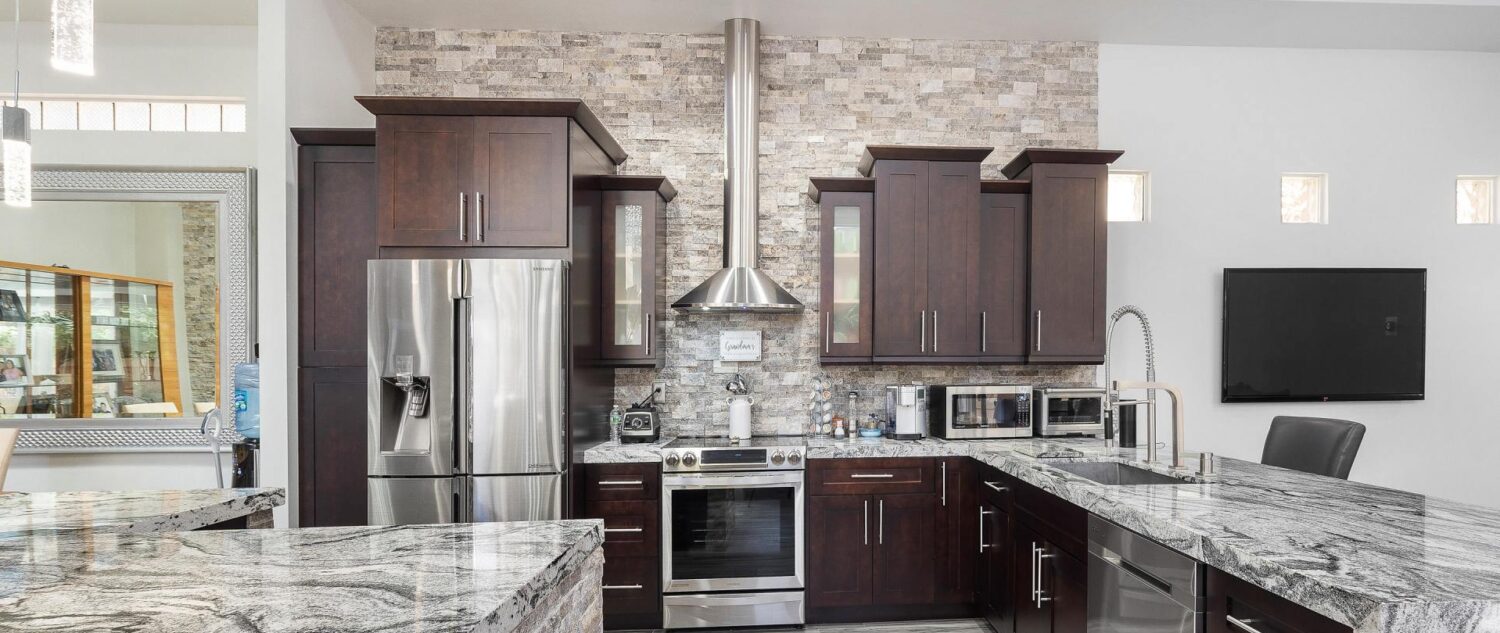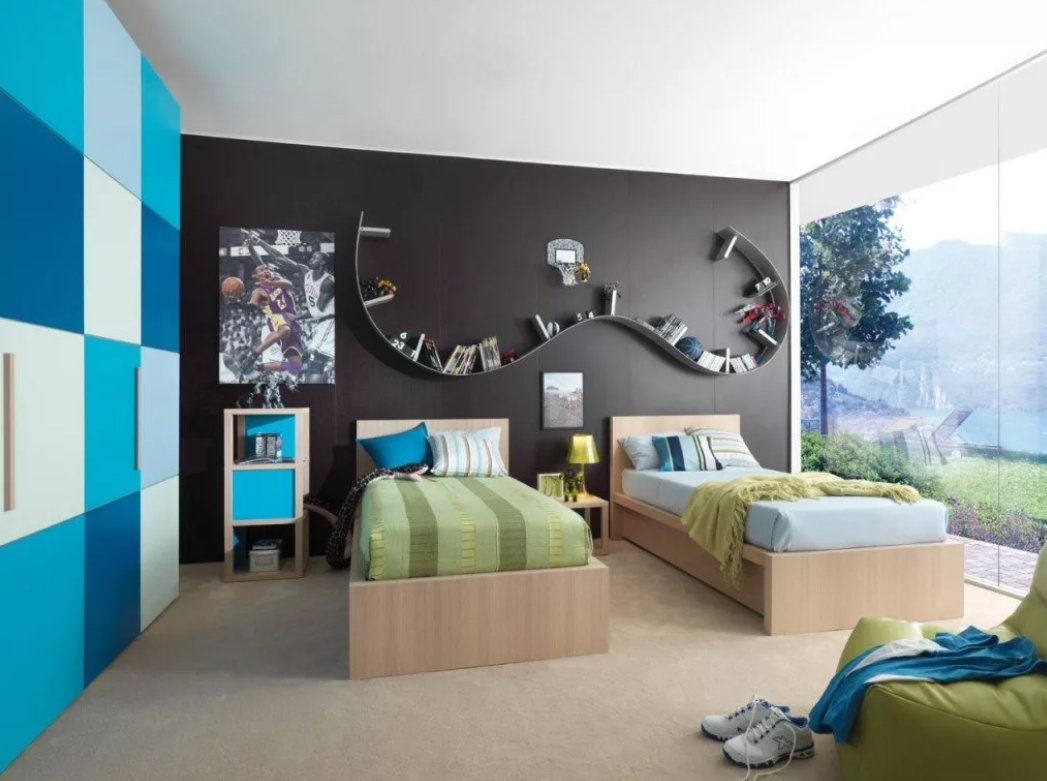Designing a children’s room in a modern style involves merging functionality, aesthetics, and safety to create a space that stimulates creativity and growth while maintaining a contemporary vibe. Modern children’s rooms often feature clean lines, minimalistic furniture, and a neutral color palette with pops of vibrant hues to add energy and playfulness.
When planning the layout of a modern children’s room, it’s essential to prioritize functionality and organization. Opt for multifunctional furniture pieces such as bunk beds with built-in storage compartments or modular shelving units that can adapt to the child’s evolving needs. Consider incorporating ergonomic study desks and comfortable seating areas where children can read, play, or engage in creative activities.
The color scheme plays a crucial role in establishing the modern aesthetic of the room. While neutral tones like white, gray, and beige form the foundation, adding splashes of color through accessories, artwork, or accent walls can inject personality and warmth into the space. Bold and contrasting colors like navy blue, emerald green, or mustard yellow can create focal points and stimulate visual interest.
Incorporating natural elements into the design can soften the modern aesthetic and create a more inviting atmosphere. Introduce elements such as wooden flooring, rattan furniture, or potted plants to bring warmth and texture to the room. Consider using eco-friendly materials for furniture and decor to promote sustainability and environmental consciousness.
Lighting is another crucial aspect of modern children’s room design. Opt for layered lighting solutions that combine ambient, task, and accent lighting to create a well-lit and versatile space. Install adjustable fixtures or dimmer switches to control the intensity of light according to the child’s activities and mood.
Personalization is key to making the modern children’s room feel unique and special. Encourage children to express their individuality through personalized decor items, such as custom wall decals, framed artwork, or name plaques. Allow them to participate in the design process by choosing colors, themes, and decor elements that reflect their interests and personality.
Lastly, safety should always be a top priority when designing a children’s room. Choose furniture with rounded edges and non-toxic finishes to minimize the risk of accidents. Secure heavy furniture to the wall to prevent tipping, and install safety gates or window guards as needed. Incorporate child-friendly storage solutions that are easy to access and free of choking hazards.
In conclusion, designing a modern children’s room involves striking a balance between functionality, aesthetics, and safety. By incorporating clean lines, neutral colors, natural elements, and personalized touches, you can create a space that fosters creativity, growth, and happiness for your child.

